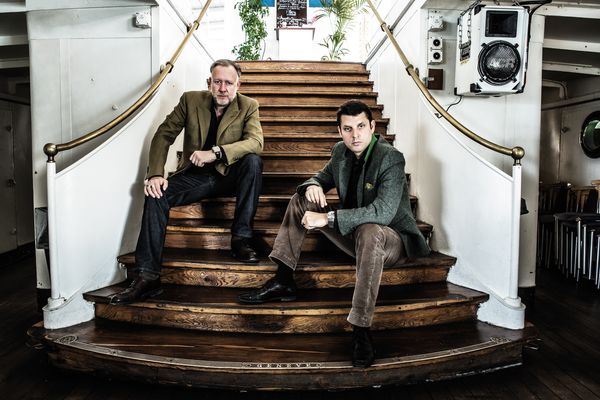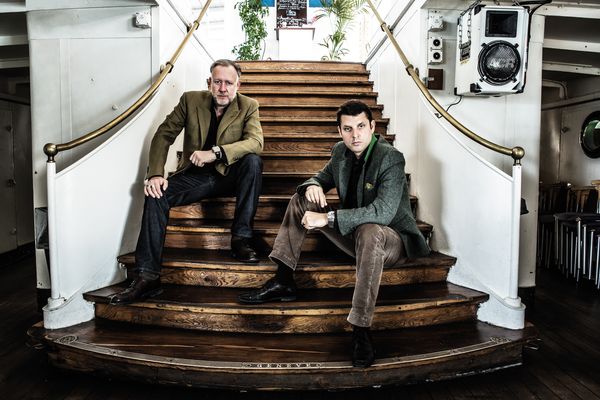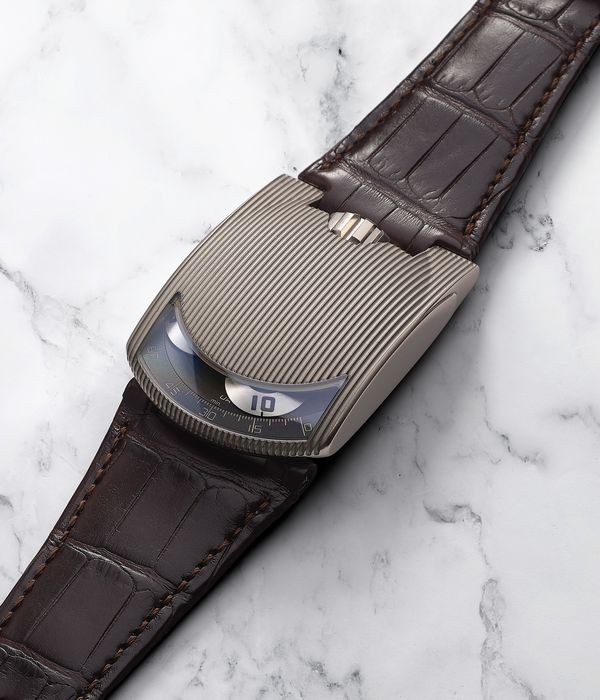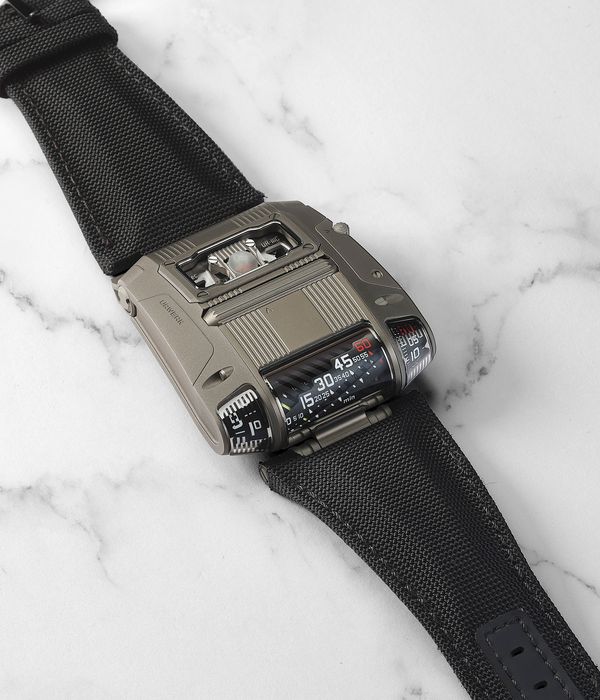For many watch brands, there is a singular person put forward to be its embodiment, for the human element is critically important. It is that connection between the creator and the collector that reinforces the emotional attachment that we have to our timepieces. More often than not, it would be the technical mind who takes the lead, the one who cleverly takes the basic mechanical elements of a watch and gives them a life; this is akin to the left side of the brain, where the rational and scientific thoughts occur. Of course, the right side of the brain provides the creative and artistic thoughts, but it is actually quite rare that these individuals are named, or even get to meet the people who buy and appreciate watches. There are definitely some well-known designers, although it seems that their names seldom end up on the dial of the watch, maybe because their creativity is not bounded by a single brand or design ethos, and they like to express themselves by working with different companies over the years.
Then we have the rare, true partnerships between both sides of the brain, that happen to work in unison, effectiely complementing each other in a coherent fashion. It’s even more rare when these collaborations endure over decades, as is the case with Felix Baumgartner, the watchmaker, and Martin Frei, the designer, who are the co-founders of Urwerk.
Baumgartner is the third generation of a watchmaking family from Schaffhausen, in the Swiss German part of the country. He and his brother Thomas (also a watchmaker) by chance met Martin Frei, when they got around to discussing time in a more philosophical way, from how it is currently measured to how there are various ways of displaying it. Part of this came about from experience that the Baumgartners had, from their father’s workshop, restoring a 17th century clock made by Giuseppe, Matteo and Pietro Campani, Italian brothers who, at the request of Pope Alexander VII, built a clock that addressed two specific problems: the noise from the escapement and the inability to read the time at night. They developed not only a silent escapement, but also a system of wandering hours that were illuminated by candlelight, whereby the hour display would move through an arc, like a celestial object moving across the sky, and would disappear just as the next hour appeared at the beginning of the arc.
These wandering hours are what inspired Felix, Martin, and Thomas to create a watch brand called Urwerk in 1997, wanting to produce timepieces that merge the traditional fundamentals with a futuristic vision. The name comes from Ur, a major city in ancient Mesopotamia (where southern Iraq would be today), and the German word “werk”, which does mean “work”, but also refers to creation, evolution, and triggering emotions. It is inarguably the perfect brand name to be associated with the creations that Felix and Martin and collaborated on since then. Although Thomas would eventually leave in 2004 to pursue his own projects, the partnership between Felix and Martin, cemented in 1997, is as strong as ever today.
Their first watches, the UR-101 and UR-102 were unveiled at Baselworld in 1997, with the wandering hours across the top of a round case. Perhaps the collectors’ community was not quite ready for this vision, or it could be that it did not go far enough into the future, for it took a few years before the brand found its footing with the UR-103.01, unveiled in 2003, still with the wandering hours, but this time at the bottom of an unusual case that cannot be described by a single word. It might appear rectangular at first, until you notice that the bottom is curved, and there is a semblance of a dome across the top, where the wandering hour mechanism is housed. You only get a glimpse of it though, as the hour display sweeps across, its position within that arc being the current minutes.
From then on, Urwerk has developed the wandering hours and related alternative displays in directions that few could have imagined. The UR-202, first presented in 2007, has a considerably more complex mechanism for the wandering hours, where telescoping hands ensure that the minutes are more precisely indicated and easily read, while also allowing the power reserve and the moonphase displays to be visible underneath. Although the watch is automatically wound, it is equipped with a twin turbine system that can be adjusted to affect the rotor’s movement, depending on whether the wearer is more static (where it needs to spin more freely) or moving dynamically (in which case it needs to be dampened).
Felix and Martin remain heavily inspired by traditional watchmaking, although there is certainly more of an influence from the ones that broke those codes before them. The UR-111C eschews the satellite wandering hours with a roller system that shows the retrograde minutes moving laterally across the display, flanked by jumping hours on the left, and rotating minutes on the right. The seconds are shown on the top of the case through an ingenious optical fibre system that makes it look like it's a digital display, when in fact there are two openworked wheels. The UR-111C is a direct descendant of an earlier Urwerk piece, the UR-CC1 Cobra, which was a tribute to a futuristic Patek Philippe watch with a linear time display, developed by Louis Cottier in 1959.
It’s when Felix and Martin present their creations in person though that the thought and inspiration genuinely transpires, as they take turns explaining the thought process that went into each and every detail of their timepieces. And there is every indication that the past twenty years might only be a starting point for Urwerk.



